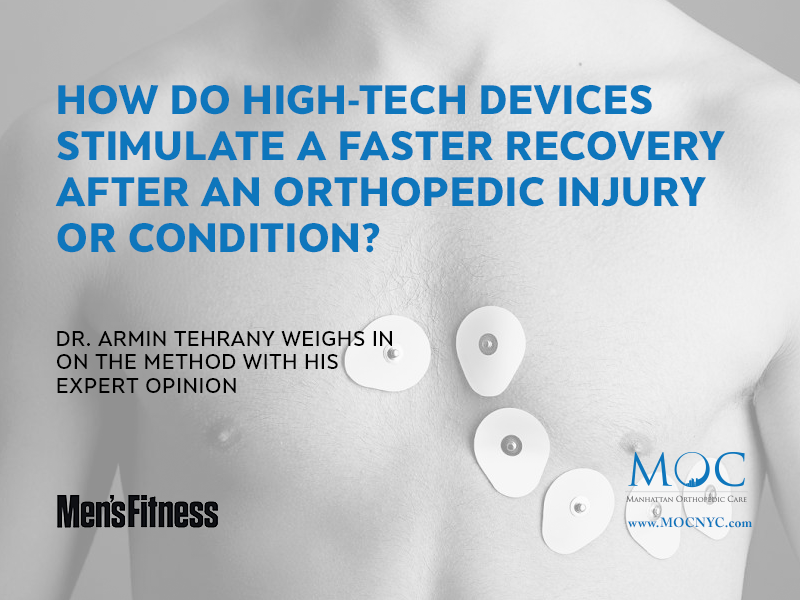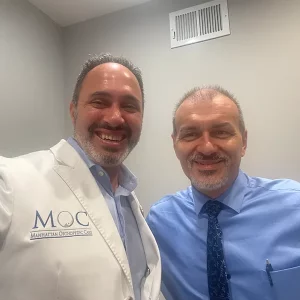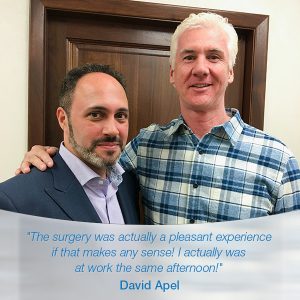Dr. Tehrany explains the benefits of shock wave therapy on Men’s Fitness
The active-lifestyle brand for body-conscious men, Men’s Fitness, has recently published an article about Extracorporeal Shock Wave Therapy, a non-invasive method used to treat musculoskeletal conditions. For the purpose of the story, Men’s Fitness asked Dr. Armin Tehrany to weigh in on the method with his expert opinion. According to new studies from the Society for Experimental Biology, the recently introduced shock wave therapy helps injured athletes recover at a much faster pace than they would have recovered with traditional methods.
Image source: Men’s Fitness
Throughout the research studies, injured volunteers were treated with low-frequency shock waves using the Extracorporeal Shock Wave Therapy (ESWT) method. During each ESWT session, probes delivered shock waves to the patient’s injured area at a low frequency. In the Men’s Fitness article, Dr. Tehrany provided an in-depth analysis of the ESWT method, and thoroughly explained its medical potential.“ESWT uses shock waves to reduce pain, promote healing and, in some cases, resorb tissue and work with acute and chronic musculoskeletal pain, as well as bone healing. These shock waves stimulate your muscle tissue, which recruits stem cells to kick-start repairs, so muscle fibers form,” explained Dr. Tehrany.As a result of the technology advancements in recent years, the ESWT has been greatly advanced and modernized as well. While several years ago this type of therapy was performed under local anesthesia, today it can be performed without anesthesia at a physician’s office, an orthopedic practice, or a center for physical therapy. Furthermore, ESWT can be carried out at the comfort of a patient’s home with Transcutaneous Electrical Nerve Stimulation (TENS) units. According to Dr. Tehrany, the TENS units stimulate the nerves and create muscle contractions using an electric current to relieve pain and promote healing.
“Personal units are suitable for chronic aches and pains in addition to heat, ice, massage, and physical therapy. If you plan to make an investment in one of these devices, it is best that you see a doctor that you trust to diagnose your condition properly and develop a proper plan,” noted Dr. Tehrany.When asked about what to look for in a device for at-home shock wave therapy, Dr. Tehrany emphasized the importance of choosing “safety, durability, and a company with years of experience in the business that can quote and demonstrate research to back up their claims of both efficacy and safety.” The complete article and the recommended devices are available at Mensfitness.com.






























